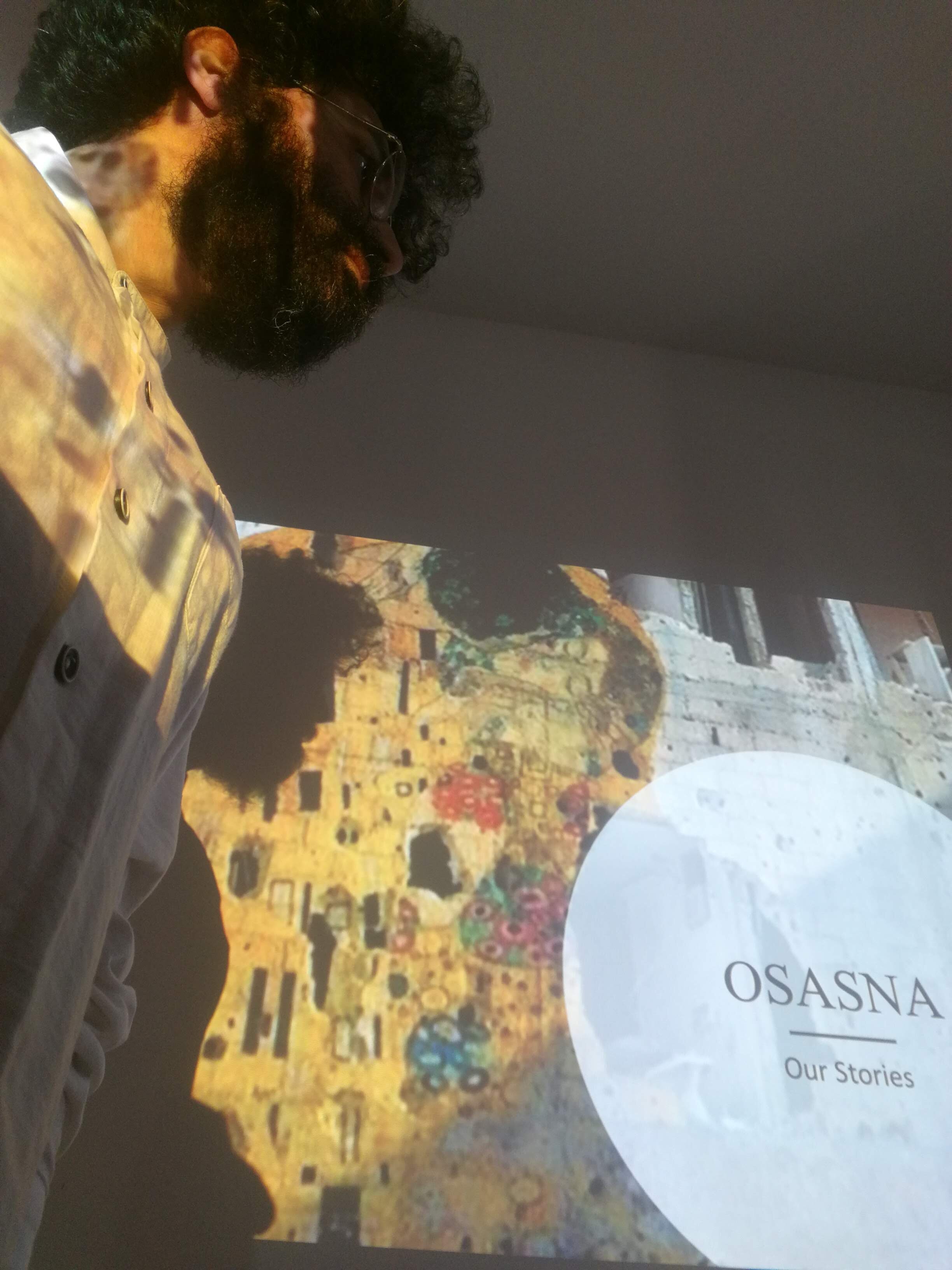Peacebuilding Practice
Arts-Based Interventions.
Even though arts for peacebuilding is becoming more and more attractive for project programmers and funders, I’ve been studying the scientific impact of arts in peacebuilding way before the current hype.
Arts in peacebuilding has come a long way since it was only implemented at the level of activities. Now, the arts have a substantial role as an approach and methodology for research, analysis, programming, planning, and monitoring and evaluation.
Systems Thinking.
About 15 years ago, I was introduced to the applications of systems thinking in conflict analysis. At first, it looked like the solution for all the problems of the peacebuilding and development fields. The more I dug into it the more I realized it actually is! Adding tools like Reflecting on Peace Practice, Do No Harm, and Listening Exercises also developed by CDA Collaborative Learning Projects, I finally found my starting toolkit for my consultancy jobs, strategizing impactful change, and participatory approaches to research and implementation.
Reflection-Centered.
My practice is heavily reflection-centered. Based on David Kolb’s Experiential Learning and further tailored for the peacebuilding work in the Middle East, reflection sits at the center of the source of knowledge and experience. As the Head of Reflective Practice at Peace Labs, Project-Based learning coupled with Experiential Learning and methods of Expressive Arts Conflict Transformation and Peacebuilding, we are proud to have developed a system rarely present in similar organizations.



